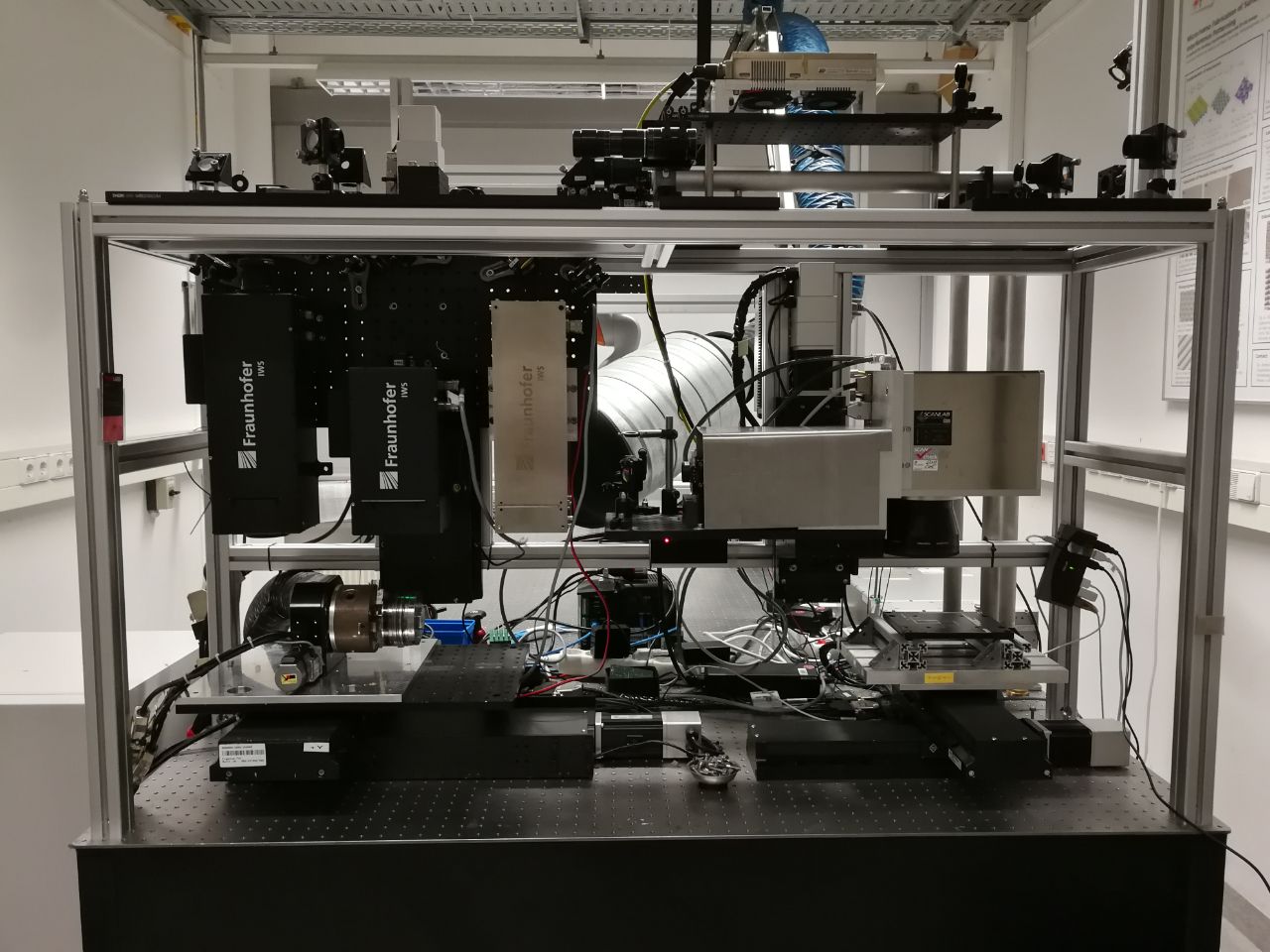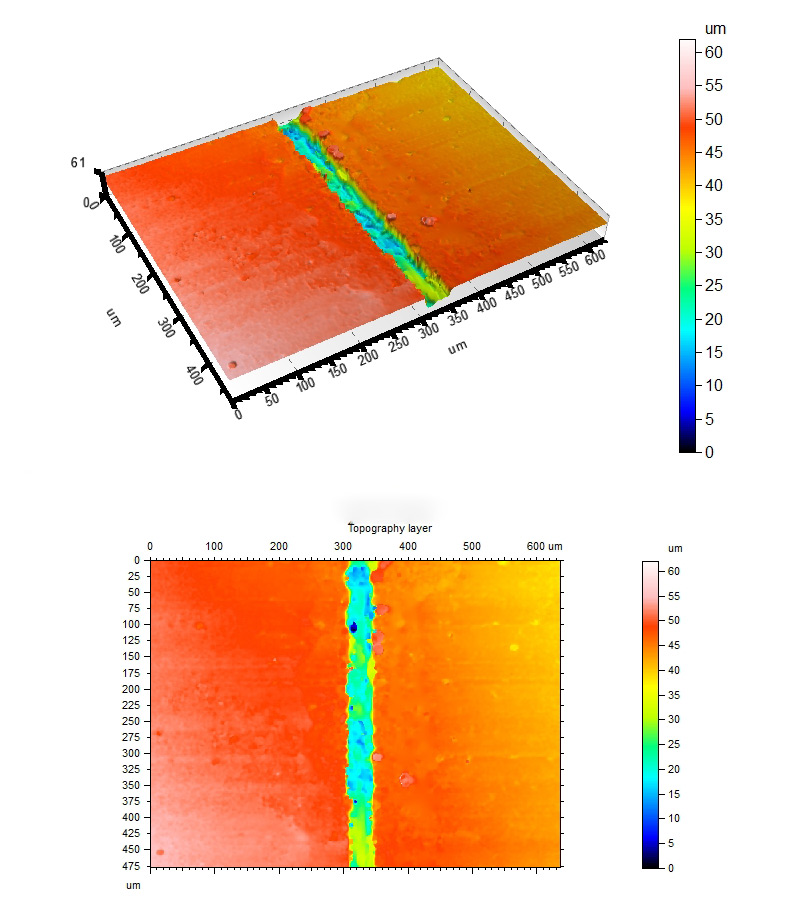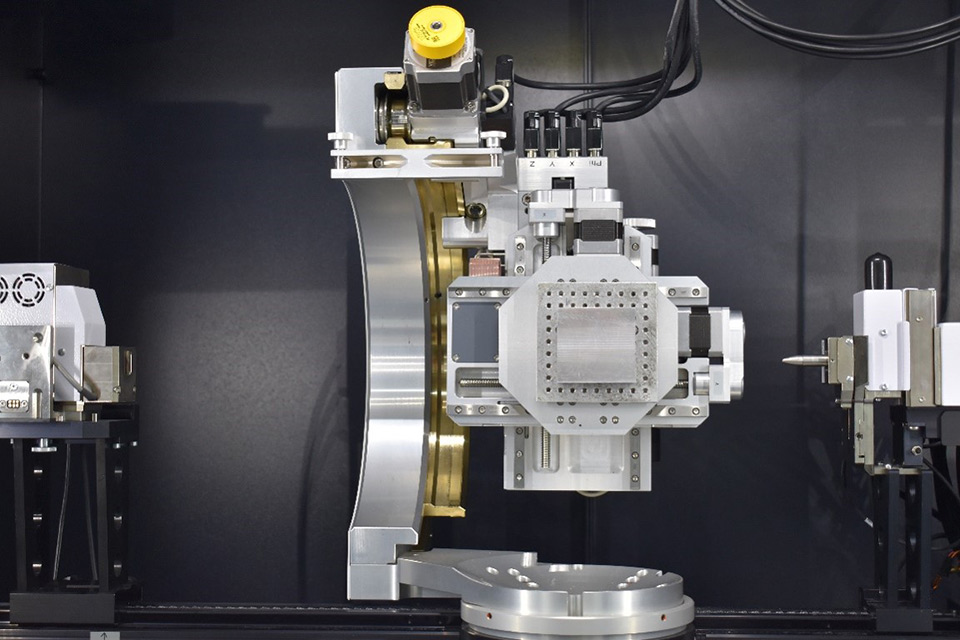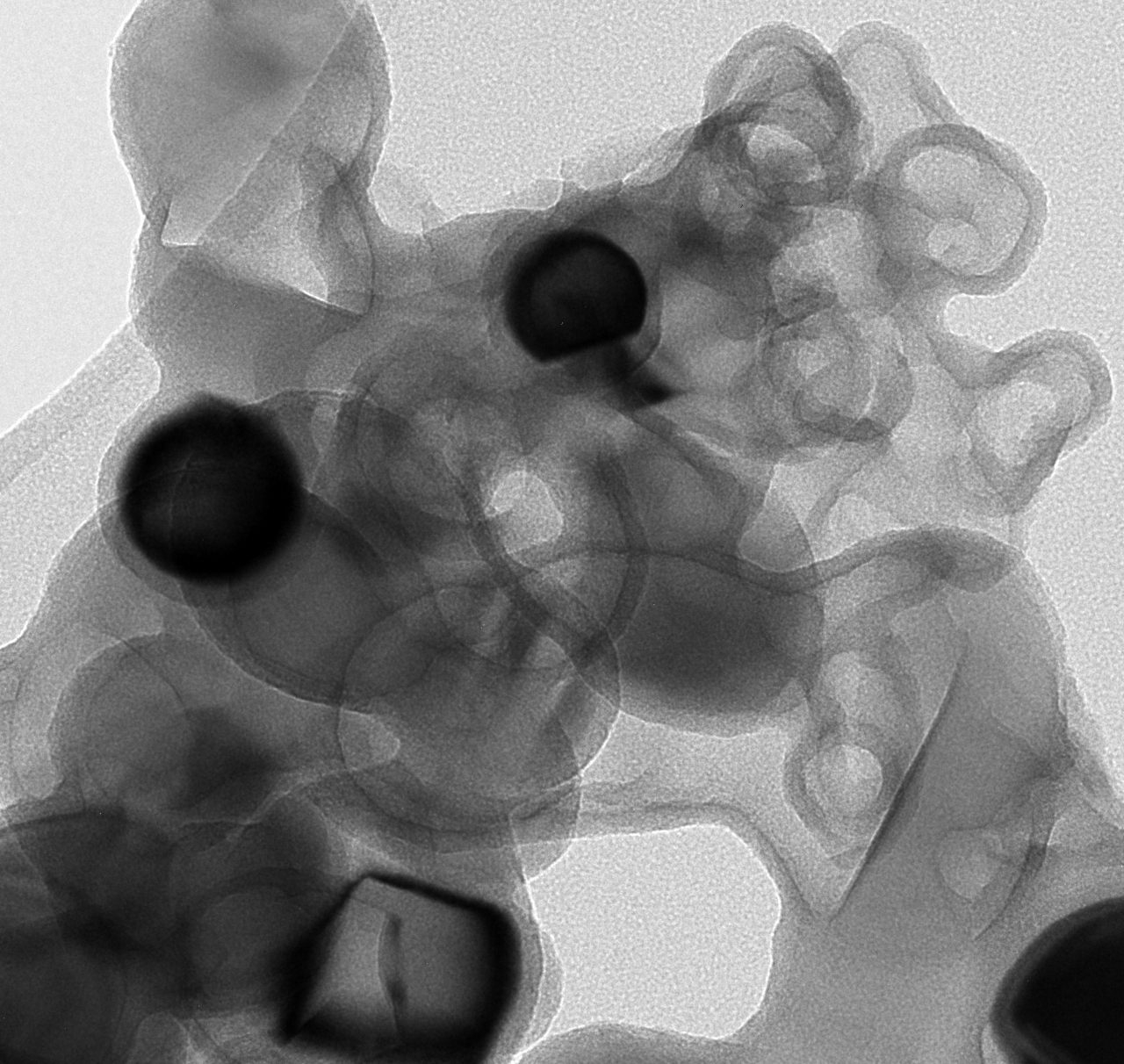Economical and Automated Manufacturing Processes of FRP for Use in Lightweight Construction Applications
The use of modern materials such as fiber-reinforced plastics (FRP) enables weight savings due to their excellent stiffness-to-mass ratio, reduces the consumption of fossil raw materials, and lowers exhaust emissions from motor vehicles, for example. The range of electric vehicles is increased, thereby enhancing their appeal.
Manufacture and Further Processing of Pultruded Fiber Composite Components
The transition from conventional materials to new lightweight materials is being hampered by unresolved challenges in manufacturing. The properties and machinability of composite materials differ significantly from those of metals, which means that established metalworking manufacturing processes must be replaced by technologies that are adapted to the challenges of the new materials. For large-scale production, there is a need for economical, automatable manufacturing processes for machining (e.g., cutting) and functionalization, as well as for the production of reliable multi-material components that firmly connect metallic elements to FRP components.
Technology Gap
There is currently no satisfactory separation method for components made of fiber-reinforced composite materials that also contain metal components. In the field of mixed construction methods, the interface surfaces between the different subcomponents play a decisive role in manufacturing and in the resulting load-bearing capacity. Examples of this are interfaces between FRP components and additively supplemented geometries or interfaces between FRP and applied functional coatings (e.g., by thermal spraying). Furthermore, composite components with integrated metal layers can be manufactured in the pultrusion process, which improves crash behavior and enables the subsequent use of classic fasteners (screws, rivets). In all these cases, adapted pretreatment of the interfaces between the materials is necessary in order to achieve resilient components through optimal material/form-fitting connections. In pultrusion, this is achieved, for example, by means of complex powder coating of the metal inserts, which, however, significantly reduces recyclability, among other things.
Laser-based pretreatment in the form of selective fiber exposure or targeted structuring of the FRP or other components represents a promising option for the sustainable and economical production of composite structures.
Use of USP Lasers
As an alternative to mechanical processing or chemical pretreatment, material removal with ultrashort pulse lasers offers the potential to overcome existing challenges. The laser powers available with CAPS sources also open up the possibility of multiplying the still somewhat uneconomical process speeds for structuring and efficient cutting of metal-reinforced pultrusion components.
The project aims to significantly increase the marketability of hybrid materials and associated manufacturing processes, particularly with regard to the use of ultrashort pulsed lasers with high output power.
Development Objectives
- Cutting of FRP components, especially those with integrated metal components
- Surface modification of FRP for the secure bonding of geometries in additive plastic printing
- Foreign material-free interface pretreatment of metal inserts for the pultrusion process
- Optimization and upscaling of interface pretreatment of FRP components for thermal spraying
- Testing of new coating systems (using thermal spraying) for extended functions in lightweight components: coatings for fire protection and abrasion protection
 Fraunhofer Institute for Material and Beam Technology IWS
Fraunhofer Institute for Material and Beam Technology IWS





